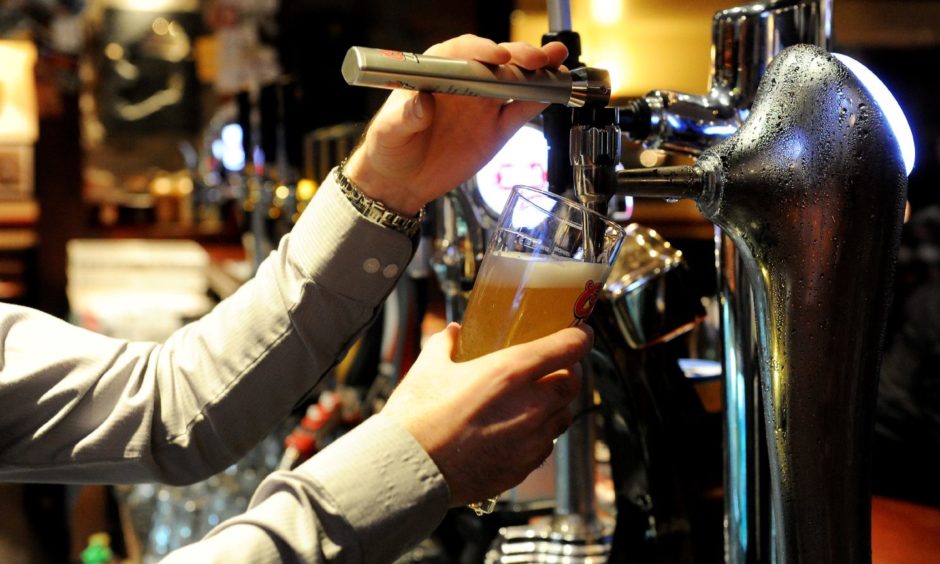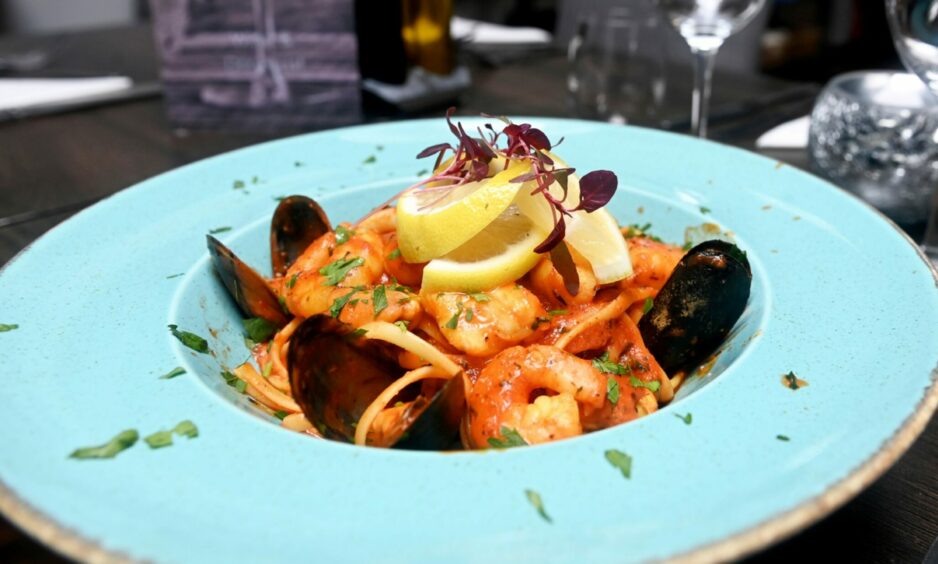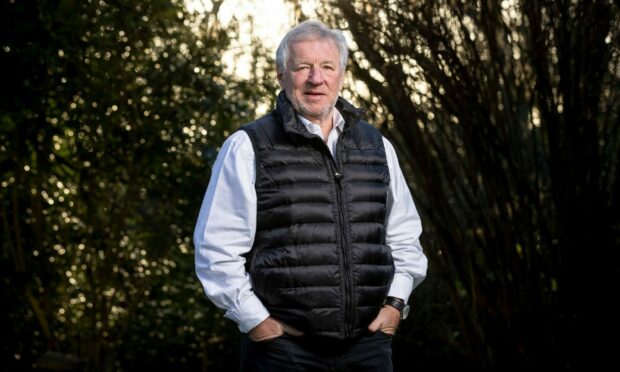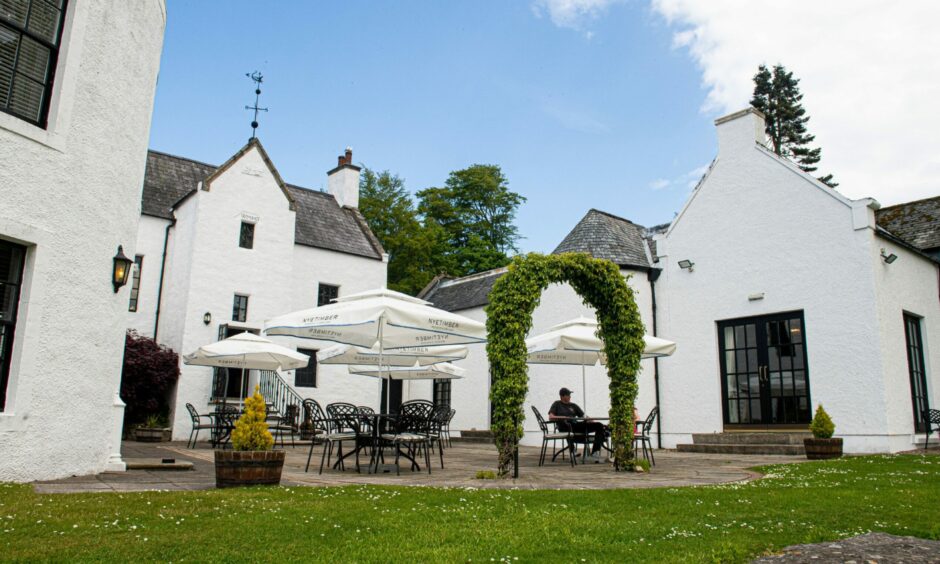Almost every kind of business has been devastated by the Covid pandemic and lockdowns, but it’s difficult to think of any sector worse impacted than hospitality.
First, premises had to close down and then recovery was impeded by supply-chain disruption and staff shortages.
Now the cost of living crisis has made consumers reluctant to spend.
For the beleaguered hospitality sector, it’s a perfect storm. But the industry, so crucial to Scotland’s economy, is showing resilience.
Hospitality was one of the things the world missed most during lockdown and people are ready, if offered first-rate service, to enjoy its benefits now.”
Pre-pandemic, the sector employed 285,000 people – making it the third largest employer in Scotland, accounting for around 10% of employment – and contributed £6 billion a year to the economy in GVA (gross value added).
Beyond that, its wide-ranging supply chain – involving such diverse elements as food and drink suppliers, kitchen equipment manufacturers, wifi services and many other businesses – supports a further 72,000 indirect jobs and contributes an additional £3bn annually in GVA.

The most widespread concern in the hospitality sector is staff shortages.
Last November a paper by UKHospitality Scotland, submitted to the Scottish Affairs Committee at Westminster, estimated vacancies were running at least around 10%.
The worst shortages were among front-of-house bar, reception and waiting staff, closely followed by chefs.
Change in culture ‘essential’
Realists recognise that foreign staff who left the sector at the start of lockdown will not be returning.
This marks a sea change in the Scottish hospitality industry and offers a unique opportunity for a revolution in its culture.
Hospitality has long been caricatured, not always inaccurately, as a low-wage, long-hours, unskilled sector which lacks appeal to a workforce that has learned from the pandemic experience to value a balance between work and leisure.
A change in culture is essential, so that hospitality becomes a highly-trained profession, with home-grown trainees who are helped to develop their talents and rewarded accordingly.

By attracting young people at apprenticeship level and offering them a complete career path, Scotland’s hospitality industry can create a sustainable future.
The sector is already proactive in providing apprenticeship places and offering entry-level roles direct from school or other training institutions.
Hospitality Apprenticeship North East is a prime example. Led by Opportunity North East (One) and Skills Development Scotland, in partnership with nine hotels in the north-east, it offers apprenticeships in hospitality for 16 to 24-year-olds, in courses lasting 18 months.
At national level, the organisation Apprenticeship in Hospitality Scotland (AHS), supported by 16 leading hotels and groups, offers a three-year training course.
The first two years lead to a Modern Apprenticeship qualification, with the final year focused on specialisation and studying for a management qualification.
AHS chairwoman Rohaise Rose-Bristow believes apprenticeships are the future of the hospitality industry.
Writing during Scottish Apprenticeship Week in March, she said: “In hospitality, our skills gaps are at the top. We rely on apprenticeships to actively recruit and develop the future leaders of our industry.”
Future is bright
Further support is on its way for the north-east’s £2.2bn food and drink sector – intricately linked with hospitality – as construction starts on One’s £21 million SeedPod hub, which will provide a centre of excellence.
Symptomatic of the resilience of hospitality in the region was the return last autumn, after a year out because of the pandemic, of the Signature Food Festival at The Chester Hotel in Aberdeen. The event featured leading chefs including Marco Pierre White.
It will take place again this autumn, signalling the leading status of local cuisine in the north-east.
Trading in the hospitality sector is still patchy.
There’s some evidence the cost of living crisis is impacting the lunch trade. People are economising on week-day expenditure, but still spending at weekends.
Strong outlook for inbound tourism
But bookings show a returning appetite for visiting Scotland among foreign visitors, especially in 2023.
Generally, rural outlets are trading well since, post-lockdown, there’s an attraction to the great outdoors.
Maryculter House, owned by my family, has 100 weddings booked for this calendar year.
We need to advertise the amenities of our region.
Aberdeenshire hosts 10 cultural festivals, 55 golf courses, eight distilleries, five ski centres and 69 “taste our best” restaurants.
That’s a pretty good hospitality infrastructure.
Hospitality was one of the things the world missed most during lockdown and people are ready, if offered first-rate service, to enjoy its benefits now.
Martin Gilbert is the co-founder and former chief executive of Aberdeen Asset Management.














Conversation